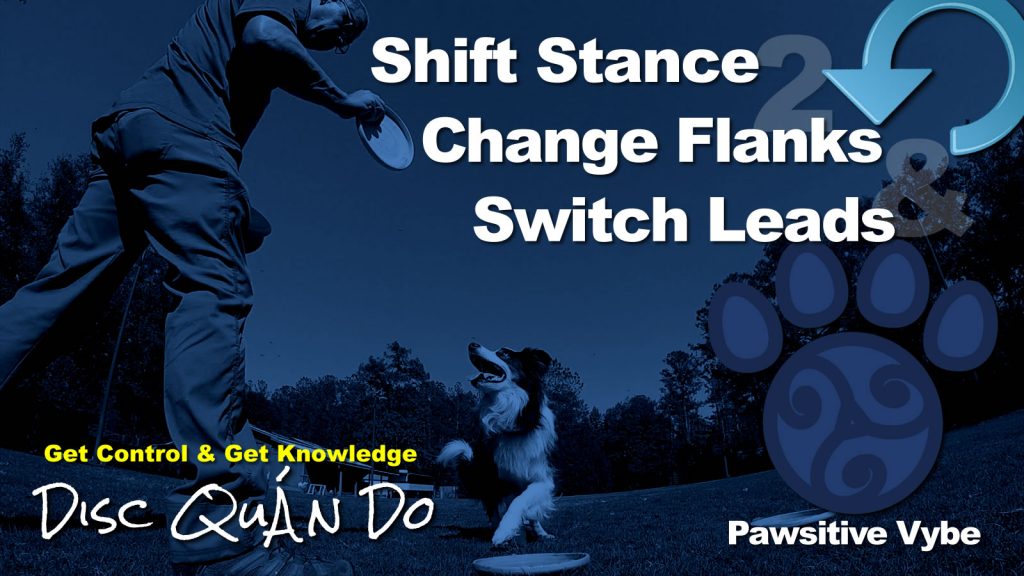
Where’s My Dog At? and the Nexus of Imagination, Intent, and Competence
I’ve mentioned imagination in training many times on the blog and in DiscDogger Weekly episodes. It can’t be stressed enough – putting your imagination in play and putting it to the test is putting your imagination to work for you.
Putting your imagination into your training and practicing finding your dog is a key part of several Disc Quan Do Forms. We tend to get caught up in the physicality of drills and miss this important part learning.
Where’s My Dog At?
Earlier in the series Oleg and I were talking about the percentage of time that your dog is where you think he or she will be. I kind of pushed Oleg into an answer that Evi is where he expects her to be, perhaps 25% of the time. I pushed him into that because I’m pretty sure he never thought about it. I’m pretty sure you never thought of it either. I wanted to avoid asking him a question where he felt silly for not having an answer… much like I’m doing with you right now.
So just asking the question, “Where’s my dog at?” is key. If freestyle jammers only asked that question a fraction of the number of times they ask,”Where are my discs at?” they would have 10x the disc management skills and, at least, double the flow.
Putting your dog into an imaginary position goes further than simply asking that question. It gives you an answer, right or wrong. After you ask that question a couple hundred times and come up with a bunch of bullshit answers, you’ll start to put 2 and 2 together and have a much better idea of where your dog is going to be at. That’s called learning.
Imagination? Meet Reality…
When your imagination starts to bump up into reality you start to learn things. Most of the time in disc dog freestyle that imagination runs into a brick wall with things you or your dog are not capable of and you learn about the dangers of your overactive imagination – shattered dreams of cool shit… It’s a bummer.
Wouldn’t it be nice if one day your imagination bumped into reality and you find that they matched?
That’s what happens when you work these forms with the intent to imagine your dog’s position. You learn how to read your dog. You learn how, exactly, your dog moves. And because you worked the forms you have a handle on what to do with that intelligence. And even if you do lose your dog, you have practiced finding her, so no problem.
Good Imagination + Physical Competence = WIN!
Combine this enhanced intelligence through imagination with some serious practical physical experience and you’re going to be way ahead of the game and able to read and lead your dog on the field.
If you are able to efficiently get your discs loaded up, position yourself properly, have good physical mechanics of delivering body language, and lots of practice making the throws, what else do you need? You just need a dog to run, that’s it. And you will run that dog.
Stance Shifting Is Everywhere, Dude! So are Crosses…
Switching stances changes positional pressure and communicates movement. Stance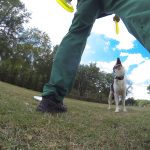 The handler’s stance is important. There are many ways to stand and each way you stand can say a different thing. Stances communicate pressure and direction. Switching stances sends information to the dog. More shifts are everywhere, you are constantly shading and shifting between clock or counter. Every time you change your stance you change your dog’s lead leg and slightly alter the flank they’re approaching on. Even a head on approach can and will be affected by a simple stance shift. And it’s not just a Border Collie thing, either…
The handler’s stance is important. There are many ways to stand and each way you stand can say a different thing. Stances communicate pressure and direction. Switching stances sends information to the dog. More shifts are everywhere, you are constantly shading and shifting between clock or counter. Every time you change your stance you change your dog’s lead leg and slightly alter the flank they’re approaching on. Even a head on approach can and will be affected by a simple stance shift. And it’s not just a Border Collie thing, either…
Learning to purposefully change stances and combining that with good throwing mechanics and practical handling of your dog makes you a good thrower and good handler. Practicing it makes you better.
When you practice it with your dog, and getting better at it, the dog learns more and the team gets better. Your dog will be more apt to follow your lead if you are good at giving direction and practice delivering directions – funny how that works out, ain’t it?
Once you start playing around with Stances and Crosses, and you get good at them, you can then start to see how they affect the dog and the team. These two elements are responsible for most all Team MovementTeam Movement is how dog and handler move, as a team, out there on the field. It is a judging category in some organizations and certainly is a focus of many judges, players,… More and communication and are the sole arbiters of Flatwork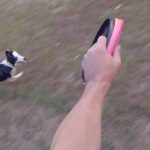 Flatwork is the stuff that happens between the catches. How the team moves and transitions, often without the disc, is flatwork. Flatwork concepts in disc dog are taken from the agility and herding… More.
Flatwork is the stuff that happens between the catches. How the team moves and transitions, often without the disc, is flatwork. Flatwork concepts in disc dog are taken from the agility and herding… More.
I once made it a point to count an elite player’s Front Front is a stable position directly in front of the handler. Front is an traditional obedience skill. Usually your dog sits in this position, but standing is often acceptable as well, especially in… More Crosses in a routine. I counted 17 of them while she took the field, before the start of her round. Crosses are everywhere, you’re doing them all the time. Stances and stance shifts are everywhere, you’re doing them all the time. Might as well learn how to use them, right?
Front is a stable position directly in front of the handler. Front is an traditional obedience skill. Usually your dog sits in this position, but standing is often acceptable as well, especially in… More Crosses in a routine. I counted 17 of them while she took the field, before the start of her round. Crosses are everywhere, you’re doing them all the time. Stances and stance shifts are everywhere, you’re doing them all the time. Might as well learn how to use them, right?
Imagination, Intent, and Competence
These three things are completely key to success in any endeavor. Are they on your radar? How are you grooming them? You can’t get them from YouTube. You’ve got to find them and apply them for yourself.
Disc Quan Do and the stuff we’re teaching here at Pawsitive Vybe is designed to do exactly that. You should hook up with us on Patreon and on our site and give it a shot.
✌️🥏Peace & Happy Jamming🥏✌️
If you're not having fun, what are you doing?
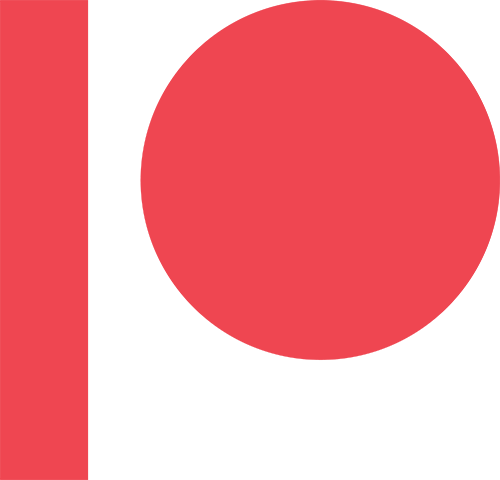
Get Access to Classes and Support Our Work
All of our Patrons at the Cup of Joe ($5/mo) tier and above get access to Disc Quan Do class and are able to attend our weekly (Tues/Fri) Zoom Digital Dojo training sessions.
Higher tier levels get access to all online classes.






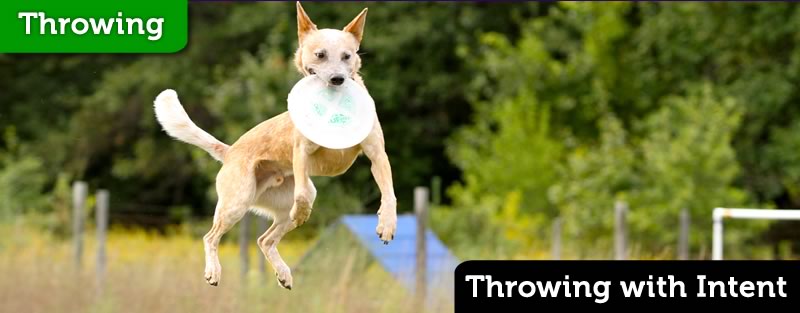
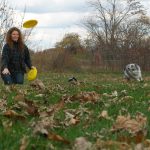


Responses